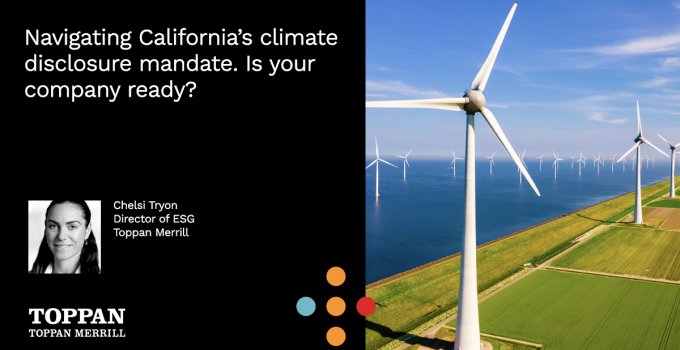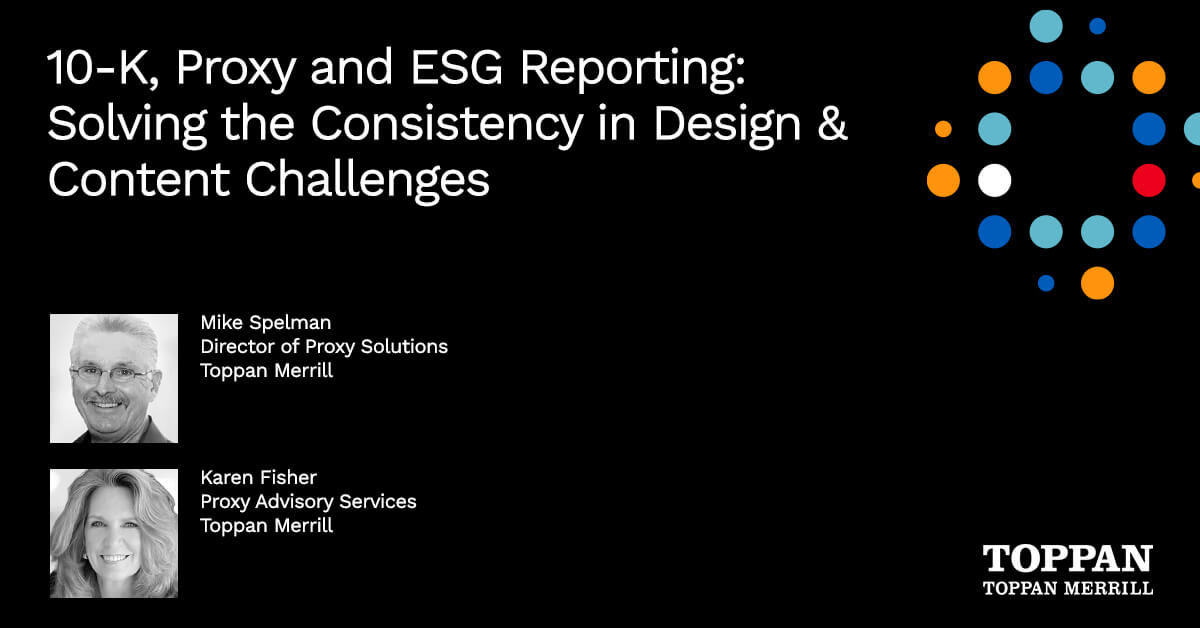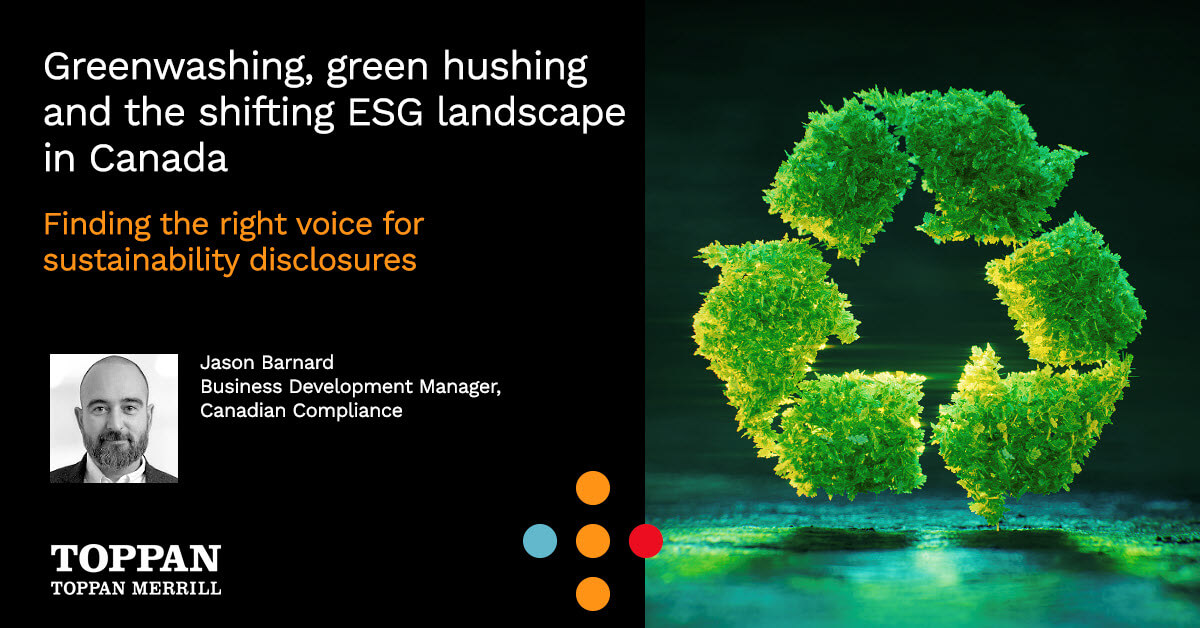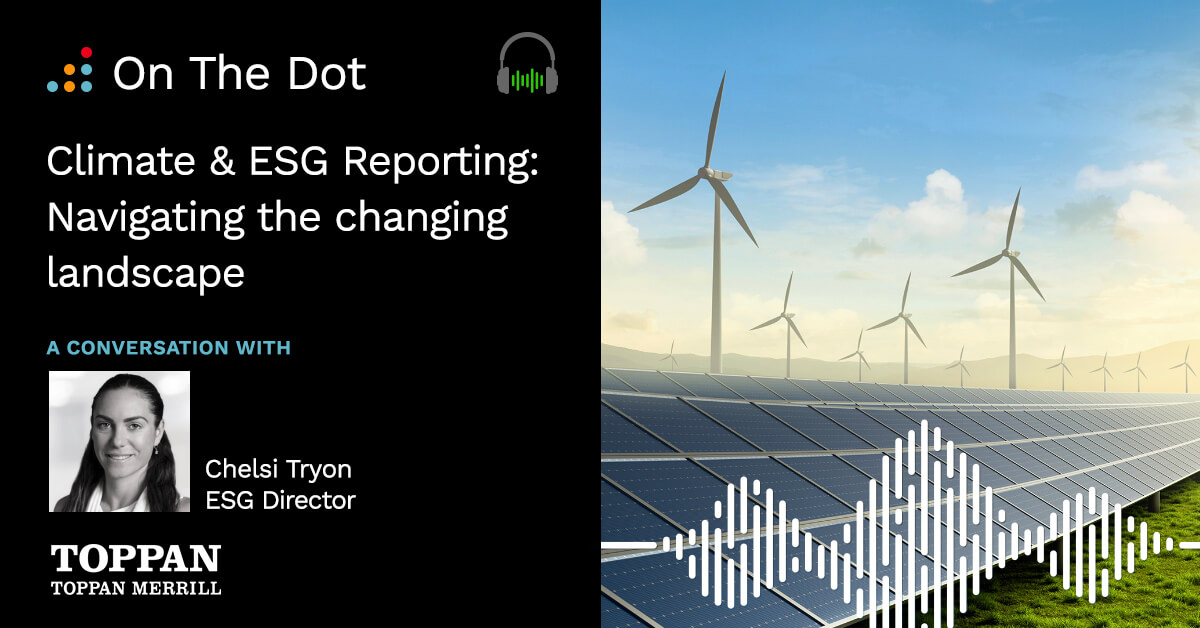Originally posted Oct. 29, 2025. Updated Dec. 2, 2025.
California has taken a bold step forward in climate accountability with the passage of the California Climate Accountability Package (CAP), a suite of laws that significantly expands environmental reporting obligations for companies operating in the state. A recently released public list (via the California Air Resources Board) estimates that thousands of U.S.-based companies doing business in California will now fall under these disclosure requirements.
- SB 253 – Climate Corporate Data Accountability Act: Requires businesses with annual revenues over $1 billion to disclosure of Scope 1 and 2 greenhouse-gas emissions with the proposed deadline of Aug. 10, 2026 (based on 2025 data), and Scope 3 emissions in 2027.
- In a CARB Workshop meeting held on Nov. 18, 2025, they announced that assurance will not be required for reporting next year, which was previously expected.
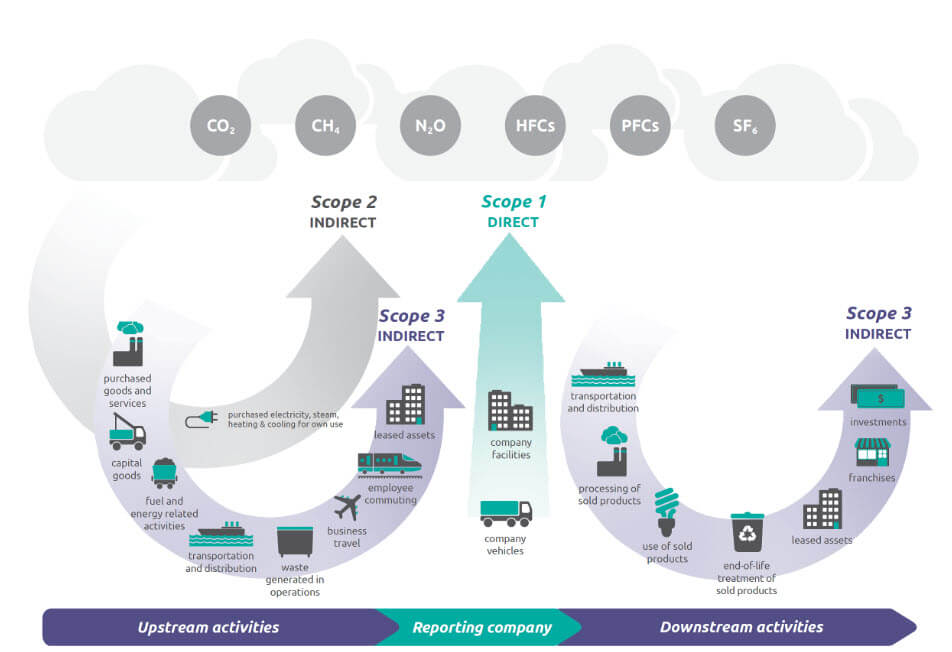
- SB 261 – Climate-Related Financial Risk Disclosure Act: Requires businesses with annual revenue over $500 million to publicly report every two years on climate-related risks and the mitigation strategies they’ve adopted.
- On Tuesday, Nov. 18, a US appeals court issued an injunction halting the implementation of SB 261 as a response to a request by the US Chamber of Commerce, arguing that the new rules would violate First Amendment by compelling businesses to engage in subjective speech. The request to stop SB 253 was rejected.
- The new ruling will pause SB 261 implementation until the outcome of an appeal scheduled for Jan. 9, 2026 — after the first SB 261 reports but months before SB 253 reporting begins.
- CARB announced on Dec. 1, 2025 that they “will not enforce Health and Safety Code section 38533 against covered entities for failing to post and submit reports by the January 1, 2026, statutory deadline.” Upon resolution of the appeal, CARB will provide further guidance, including an alternate reporting date.
What this means for your company
For many organizations, both public and private, these laws will mark a major shift in how they manage, disclose, and communicate climate-related data. Some key considerations:
- Mission-critical data readiness: You will need accurate, auditable GHG-emissions data (Scope 1–3), aligned with the GHG Protocol and any future audit or assurance requirements
- Risk and opportunity mapping imperative: Under SB 261, your disclosures must link climate-related risks and opportunities directly to business strategy, think scenario-analysis, governance structure and key metrics
- Governance and assurance expectations: The CAP signals that climate disclosure is no longer optional; plan for third-party verification and tighter audit-controls
- Double-materiality is gaining ground: While CAP focuses on financial materiality, many organizations are preparing for frameworks like the Corporate Sustainability Reporting Directive (CSRD) that demand impact-materiality as well, making early alignment smart
- Beyond California’s thresholds: Even if you’re not ready or required to comply now, the ripple-effects in your value-chain may require your suppliers, customers, or investors to ask for greater transparency, meaning readiness is paramount.
Your next steps
The time to act is now. Every successful reporting program begins with a clear framework:
- Conduct your baseline emissions inventory
- Perform a materiality assessment (financial and impact)
- Build your risk-management process
Choose a service provider who understands the intersection of regulation, disclosure frameworks like the Sustainability Accounting Standards Board (SASB) and the Task Force on Climate related Financial Disclosures (TCFD), and the evolving audit-landscape.
Interested in learning more about global climate regulations? Watch our recent webinar: ESG Reporting – What’s mandatory? What’s voluntary? What’s next? to get the latest on ESG requirements, including the California climate disclosure mandate [3:57].
How Toppan Merrill can help
At Toppan Merrill, we help organizations navigate evolving climate regulations with precision and confidence, from data collection and narrative design to digital tagging and assurance partners. Our team combines regulatory insight with industry expertise to simplify complexity and accelerate compliance.
Contact us today at [email protected] or by calling 800.688.4400 for a complimentary consultation to discuss your roadmap to CARB compliance and gain insights to improve your reporting programs.
Additional resources
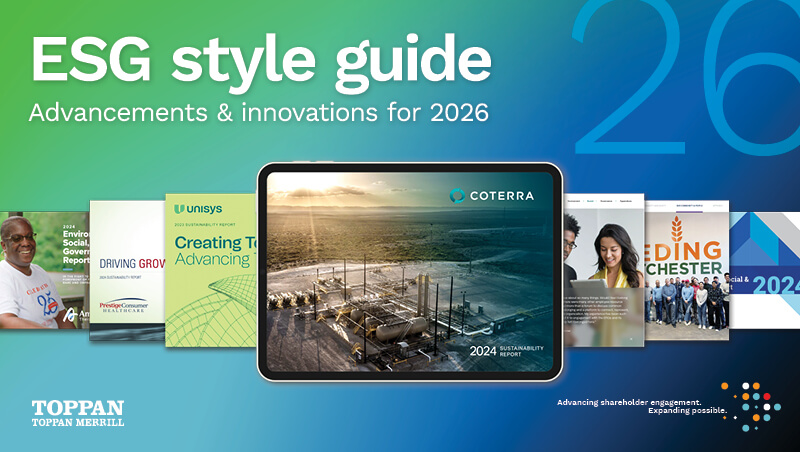
As ESG factors continue to influence investors, companies are under increasing pressure to clearly communicate their environmental, social, and governance strategies. A well-designed ESG report can not only showcase corporate responsibility but also help drive operational efficiency, reduce resource dependency, and strengthen brand reputation with customers and future employees.
